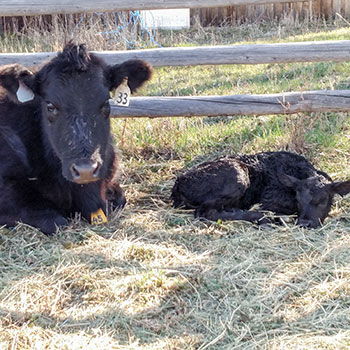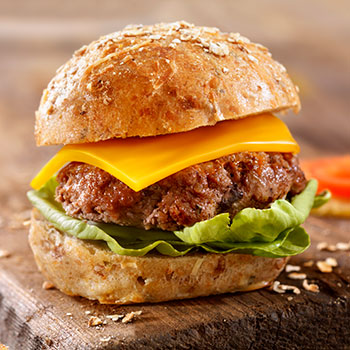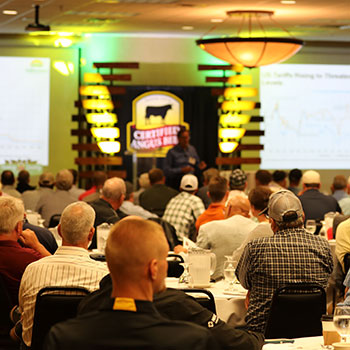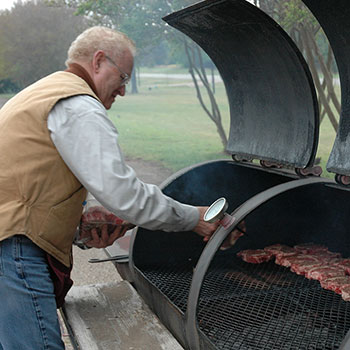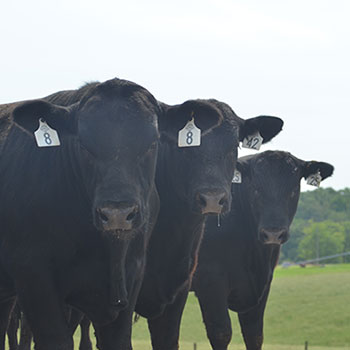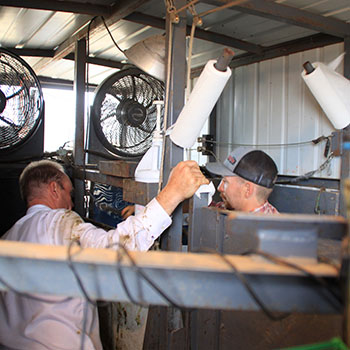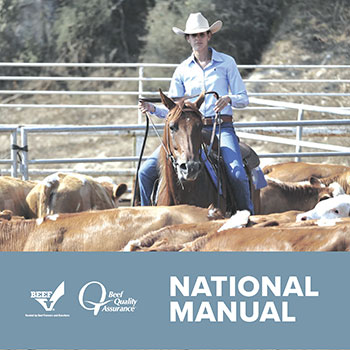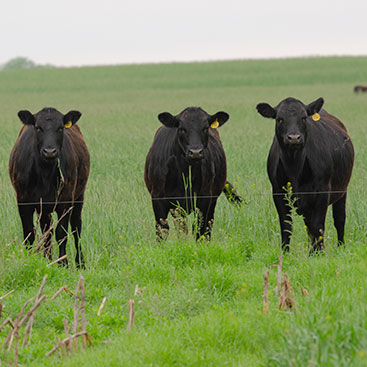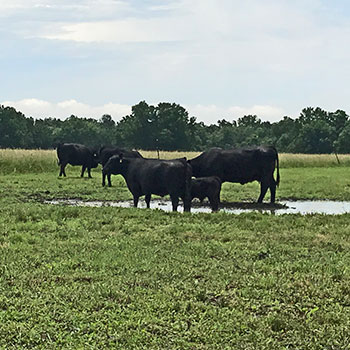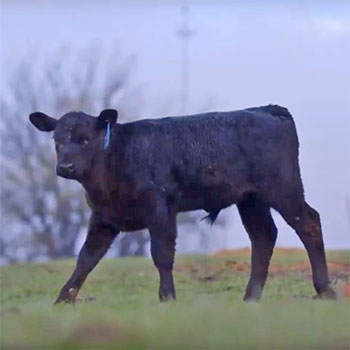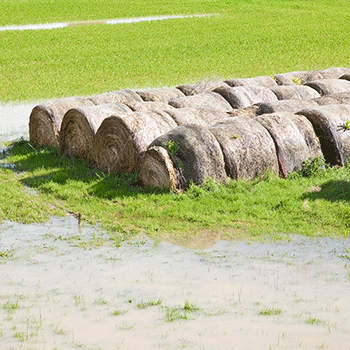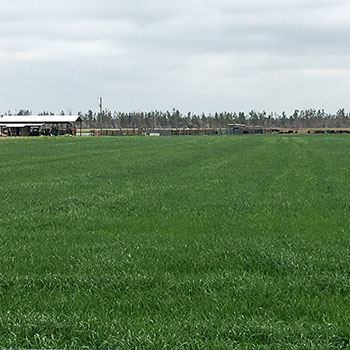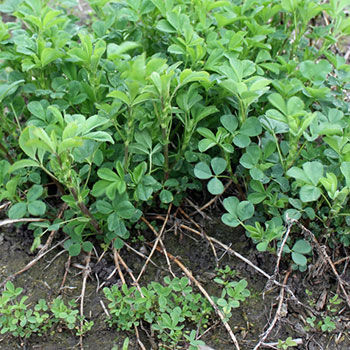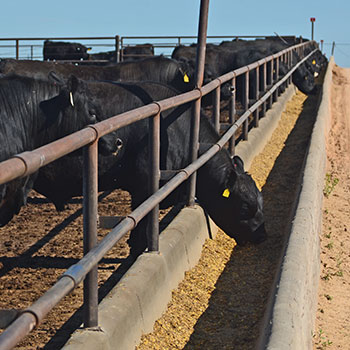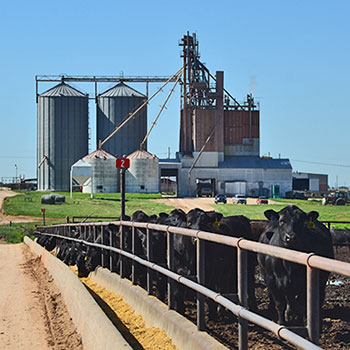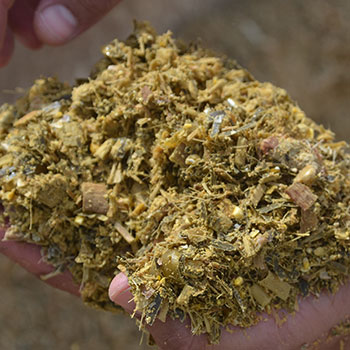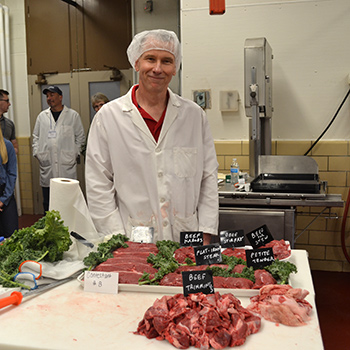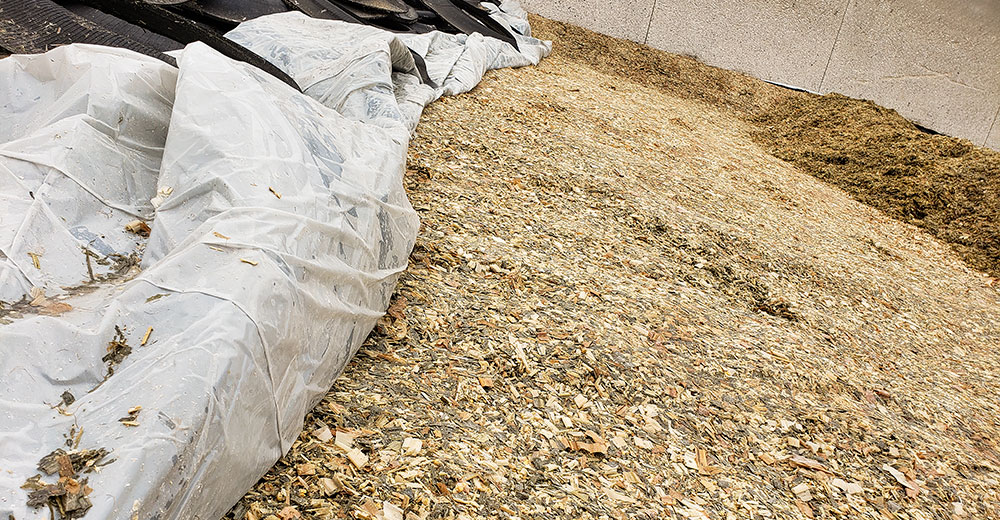
Increase Value of Silage
Poor management practices can result in big losses.
High-quality silages facilitate ration balancing and allow you to achieve higher production goals. Even though creating silage may seem a simple process, much can go wrong. Gaps between ideal fermentation cost money. For example, research has shown that not inoculating can result in 4.71% losses, says Bob Charley, forage products manager with Lallemand.
What is that 4.71% loss worth? A lowball silage value at $40 per ton as fed, with 35% dry matter (DM) would equal $114.29 per ton of DM. Each 1% loss in DM costs $1.14. That 4.71% improvement is therefore worth $5.37 per ton DM, or $1.88 as fed.
Not preparing it correctly results in more spoilage, and feeding spoiled silage is also costly — up to $30.24 per head and 24 pounds (lb.) less gain over the 120-day finishing period, Charley explains. It’s better to prevent spoilage in the first place.
Making good silage comes down to the microorganisms, and inoculation provides more “good” bugs and provides an environment where they can grow more quickly than the “bad” bugs.
Good management
“Good forage management is essential to minimize potential problems and maximize production from forage. Good management starts right at the beginning and runs right on through to feeding,” Charley says.
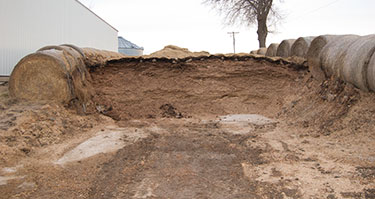 |
This silage was not covered at all. Note the thick black layer of spoiled material on the top. Spoiled material is not only a big shrink loss, it can also be a health risk for cattle. |
A wholistic management approach includes things as simple as making sure the field is flat and stone-free. The right crop is obviously imperative to successful silage, and so is harvesting it at the right time for moisture content and growth stage, with the right chop length.
Dry-matter content at harvest is important. If it’s too wet, it can cause runoff, clostridial growth, protein degradation, and DM and energy losses. All of these issues can eventually reduce cattle performance. Too dry, and the silage will have poor packing and slow fermentation. Mold and heat could also be issues, thus creating heat-damaged protein, DM and energy losses, and reduced performance later.
At corn harvest, Charley says it should be 62%-68% moisture (or 32%-38% DM), with the milk line about two-thirds to three-fourths across to capture good starch content in the corn kernels. However, he points out that stay-green varieties of corn have more moisture, so those have different recommendations.
Hugo Ramirez, assistant professor of animal science at Iowa State University, recommends monitoring DM content and maturity, saying 0.5% to 1% per day dry-down rate and moisture of 65% are optimal.
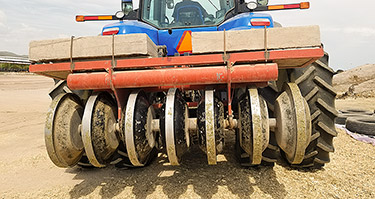 |
This tractor was fitted with iron roller wheels and cement blocks to add weight. Packing is essential to exclude oxygen and facilitate good fermentation. Target at least 15 lb. of dry matter per cubic foot. |
For unprocessed corn, Charley recommends a ⅜-inch (in.) chop length and a ¾-in. chop length for processed corn. If corn has a moisture level below 70%, he recommends processing, because it is important to break kernels to keep starch content up.
“There is money on the table if you do this right,” he adds.
He offers a way to double-check processing efficiency: Separate kernels and stems, leaves and cobs in a bucket of water. All kernels should be broken and cob fragments should be less than one-fourth the cob disc.
Inoculants
Charley urges asking yourself three questions when choosing an inoculant.
- 1. Do I ever get smelly, butyric silage, and/or am I worried about DM losses and the loss of the most digestible nutrients in ensiling?
- 2. Is it important to maximize feed quality and digestibility during ensiling?
- 3. Do I ever see my silage and/or TMR heat, and or see any mold spoilage in the silage; plan to move my silage; or plan to feed silage during warm weather?
You need an inoculant to control ensiling fermentation, he says.
You need an inoculant to enhance feed digestibility.
You need an inoculant for feedout stability, Charley says.
Ensiling
Ramirez says proper planning helps immensely when ensiling. Where will you store silage? How much will you use per day? How are you going to remove it?
If you’re storing silage without a physical structure to hold it, a drive-over pile for example, then level the ground and create clear outlines. Make sure there are no potholes. If you’re using a bunker, he recommends lining the walls with plastic to increase the silage quality by preventing oxygen and rain infiltration between the walls and the forage.
Maintain a safe shape, with a slope of 4-to-1 or at most 3-to-1. In other words, 1 foot (ft.) upward for every 6-8 ft. of base. If it gets too steep and high, silage will spoil because tractors have a hard time going over steep slopes, resulting in low packing density and excessive residual oxygen.
For filling rate, he recommends the weight of the tractor divided by 800 equals how many tons per hour you can bring in. If you overwhelm the filling rate, you will have poor compaction.
“Packing is the key to the whole operation,” he says. “At the end of the day, you can use less land to have more feed if it is packed well. Loose silage is lost silage.”
Pack in layers of 4 in. to 6 in. If you pile in more than 6 in., he says, the weight of the tractor doesn’t transfer to the bottom of the layer.
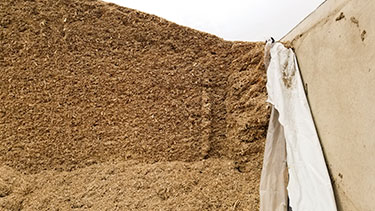 |
This bunker was covered with oxygen barrier and black-and-white plastic. Note that consistency in appearance is even from top to bottom. Covering bunks results in substantial reductions in shrink losses. |
He firmly recommends covering silage. Uncovered silage keeps respiring longer and causes aerobic spoilage. This loses dry matter and nutrients and increases the risk of mycotoxins.
He prefers using a two-film system in which a special oxygen barrier film is laid on top of the silage first and then black-and-white plastic is placed on top. Then use tires that touch each other on top, maintaining close contact between the films and the forage to prevent air penetration. The top region of silage is more prone to oxygen damage. In some piles and bunkers, 25% to 30% of the stored material is in the top 3 ft. of the silage, so it is very important to protect this portion of the feed.
However, once the last tire goes on, you’re not finished caring for silage. When you feed it and peel back the cover, keep the seal maintained with tires at the edge. Ramirez also recommends keeping an even face while feeding. This looks pretty, but it’s really to minimize area exposed to oxygen and decrease risk of spoilage.
“No matter the size of the pile, it has to be covered. Chop it right, pack it tight and keep it well-covered and sealed,” he concluded.
Editor’s note: Photos courtesy Hugo Ramirez.
